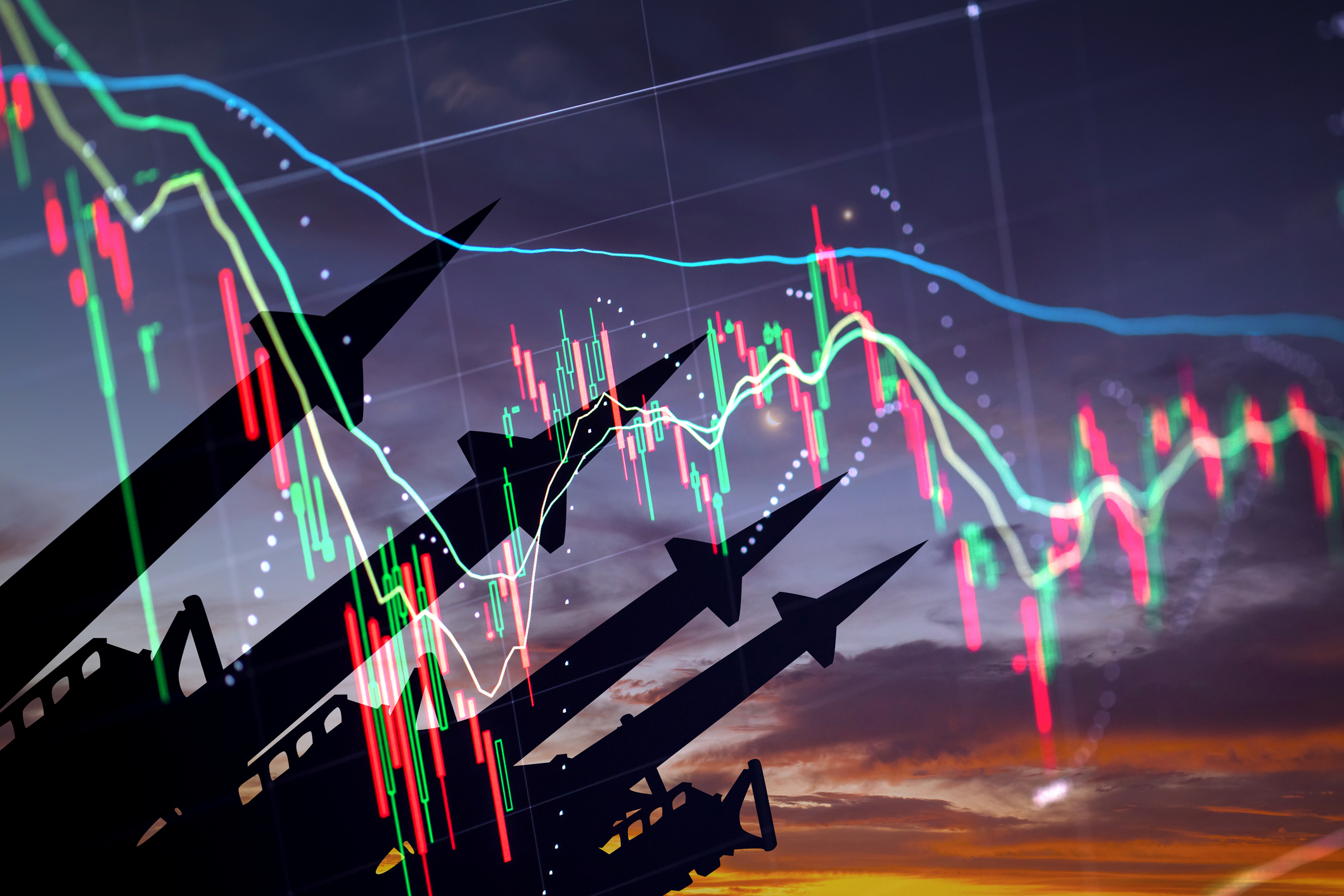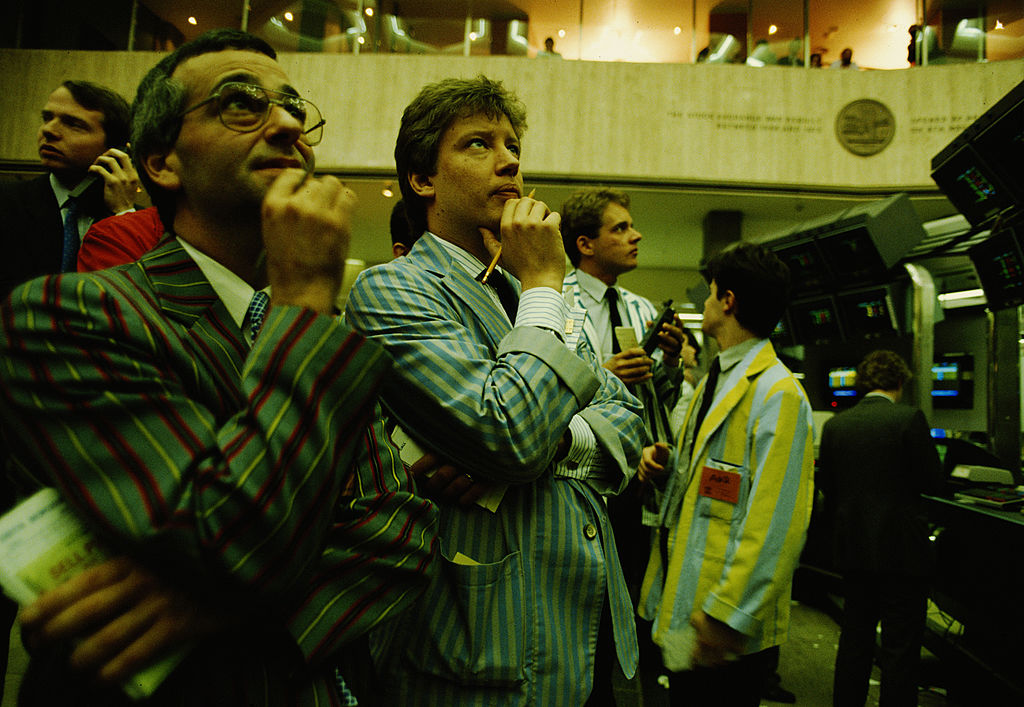The V-shaped recovery looks to be here at last
The world is certainly not a Panglossian paradise. But the recovery is under way and there is plenty of good news about.


By the end of last year we were convinced that the UK would see a stunning pent-up demand-driven V-shaped recovery. We encouraged you to look at end-of-pandemic value stocks in November as the vaccine came good. And by December we were subjecting you to excitable “Roaring Twenties” cover stories. Then came the UK’s second lockdown. “So much for that,” you might have thought. But there is good news. As usual, it turns out we were less wrong than early.
Five months on, the V is here. A few weeks ago, the consensus GDP growth forecast for the UK this year was 5.5%. Not any more: Berenberg has their forecast at 6.7% and Goldman Sachs have just revised theirs up to 7.8%. The CBI is telling the same story – reporting sharp upturns in sales as the UK reopens – and UK-listed companies across the board are seeing hugely positive momentum (even BP is reporting happy results).
The same holds in the US. S&P500 companies “are in great shape”, says Ed Yardeni of Yardeni Research. Forecast revenues, earnings and profit margins – all of which are pretty good indicators of what actual revenues, earnings and margins will be – “rose to record highs” last week. More firms are revising forecasts up than down. This is the opposite of the recovery after the global financial crisis (GFC), which was marked by relentless disappointment rather than regular surprises.
MoneyWeek
Subscribe to MoneyWeek today and get your first six magazine issues absolutely FREE

Sign up to Money Morning
Don't miss the latest investment and personal finances news, market analysis, plus money-saving tips with our free twice-daily newsletter
Don't miss the latest investment and personal finances news, market analysis, plus money-saving tips with our free twice-daily newsletter
All this is impressive, but the most impressive bit of all is surely the profit-margin data. The insane levels of fiscal and monetary stimulus we have seen over the last year (four times the stimulus offered in the global financial crisis to cover less than one quarter of the economic loss, says BlackRock) have obviously helped out with demand. But to keep margins rising in the face of rising costs (of shipping, labour and commodities – see page 5 for more on the “new oil”) suggests that they have managed to boost the productivity of their existing workforce. After years of stagnating productivity numbers in the West, that is excellent news. It might even be enough to justify keeping the bull market going a little longer.
None of this means there is nothing to worry about. Domestically, we have our wallpaper wars and in Scotland the terrifying (or hugely amusing – it depends where you live) prospect of having Nicola Sturgeon and Alex Salmond sitting in Holyrood at the same time.
Globally, there is India’s Covid-19 nightmare a whole host of geopolitical tensions, the usual supply-chain worries (a genuine shortage of chips worldwide), the build up of public debt and Joe Biden’s tax plans. Not everyone is keen on the US president’s idea of doubling capital gains and dividend taxes on well-off Americans, particularly on top of more regulation.
Still, most of these things (poor India aside) are intangibles for now, as Bill Blain says in his MorningPorridge blog. Focus on what is actually happening now and you see a lot of good news. If you want to invest in the building blocks of long-term growth in the UK (still one of the cheaper markets) try micro caps . But wherever you invest at the moment watch out for the genuine bubbles (yes, we are talking electric vehicle companies). There’s a difference between being an optimistic investor and being the greater fool. We aim to be the former.
Get the latest financial news, insights and expert analysis from our award-winning MoneyWeek team, to help you understand what really matters when it comes to your finances.
Merryn Somerset Webb started her career in Tokyo at public broadcaster NHK before becoming a Japanese equity broker at what was then Warburgs. She went on to work at SBC and UBS without moving from her desk in Kamiyacho (it was the age of mergers).
After five years in Japan she returned to work in the UK at Paribas. This soon became BNP Paribas. Again, no desk move was required. On leaving the City, Merryn helped The Week magazine with its City pages before becoming the launch editor of MoneyWeek in 2000 and taking on columns first in the Sunday Times and then in 2009 in the Financial Times
Twenty years on, MoneyWeek is the best-selling financial magazine in the UK. Merryn was its Editor in Chief until 2022. She is now a senior columnist at Bloomberg and host of the Merryn Talks Money podcast - but still writes for Moneyweek monthly.
Merryn is also is a non executive director of two investment trusts – BlackRock Throgmorton, and the Murray Income Investment Trust.
-
 My 6.5% Nationwide regular saver is due to mature - what are my options?
My 6.5% Nationwide regular saver is due to mature - what are my options?Nationwide’s 6.5% regular saver is due to mature for those who opened one last year. Here is what you can do now to make the most of your savings
-
 Leading European companies offer long-term growth
Leading European companies offer long-term growthOpinion Alexander Darwall, lead portfolio manager, European Opportunities Trust, picks three European companies where he'd put his money
-
 Leading European companies offer long-term growth prospects
Leading European companies offer long-term growth prospectsOpinion Alexander Darwall, lead portfolio manager, European Opportunities Trust, picks three European companies where he'd put his money
-
 How to capitalise on the pessimism around Britain's stock market
How to capitalise on the pessimism around Britain's stock marketOpinion There was little in the Budget to prop up Britain's stock market, but opportunities are hiding in plain sight. Investors should take advantage while they can
-
 London claims victory in the Brexit wars
London claims victory in the Brexit warsOpinion JPMorgan Chase's decision to build a new headquarters in London is a huge vote of confidence and a sign that the City will remain Europe's key financial hub
-
 Reinventing the high street – how to invest in the retailers driving the change
Reinventing the high street – how to invest in the retailers driving the changeThe high street brands that can make shopping and leisure an enjoyable experience will thrive, says Maryam Cockar
-
 The consequences of the Autumn Budget – and what it means for the UK economy
The consequences of the Autumn Budget – and what it means for the UK economyOpinion A directionless and floundering government has ducked the hard choices at the Autumn Budget, says Simon Wilson
-
 The global defence boom has moved beyond Europe – here’s how to profit
The global defence boom has moved beyond Europe – here’s how to profitOpinion Tom Bailey, head of research for the Future of Defence Indo-Pac ex-China UCITS ETF, picks three defence stocks where he'd put his money
-
 Profit from a return to the office with Workspace
Profit from a return to the office with WorkspaceWorkspace is an unloved play on the real estate investment trust sector as demand for flexible office space rises
-
 An “existential crisis” for investment trusts? We’ve heard it all before in the 70s
An “existential crisis” for investment trusts? We’ve heard it all before in the 70sOpinion Those fearing for the future of investment trusts should remember what happened 50 years ago, says Max King
